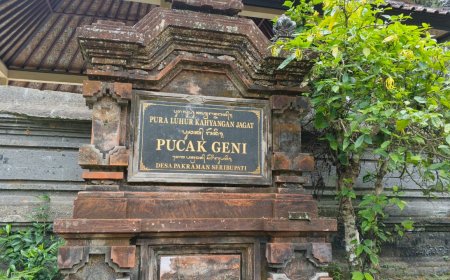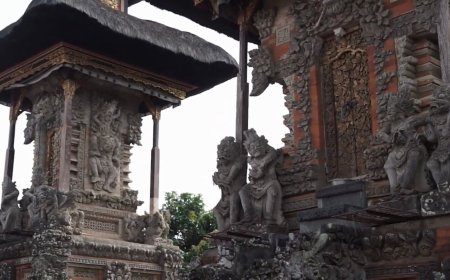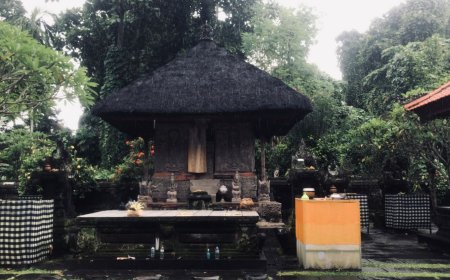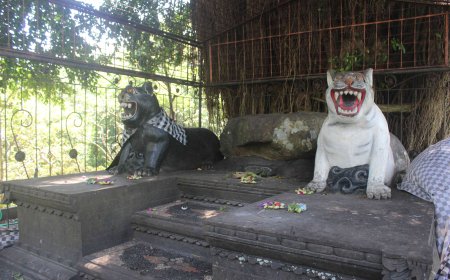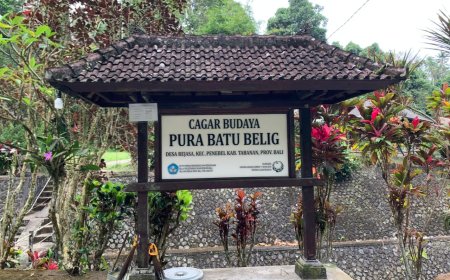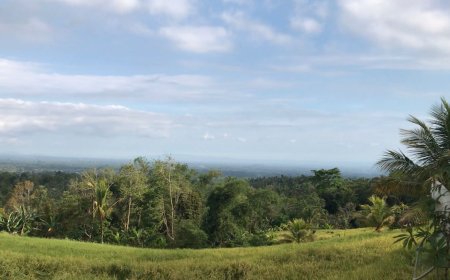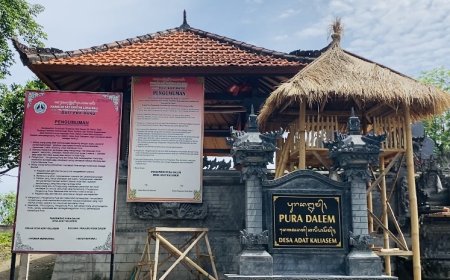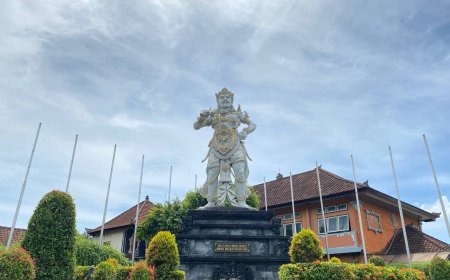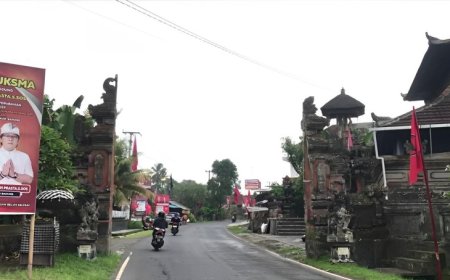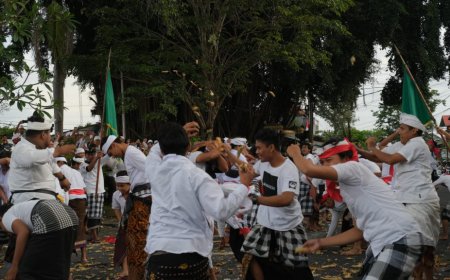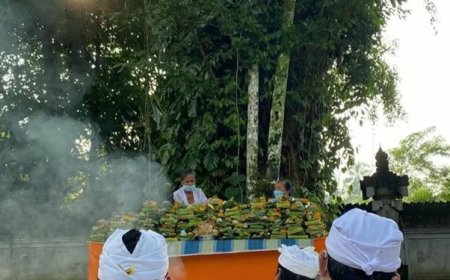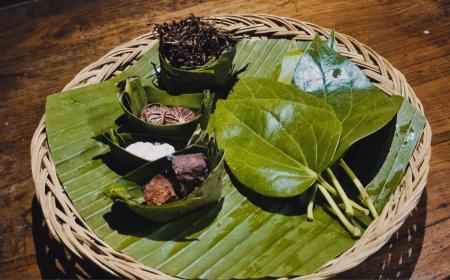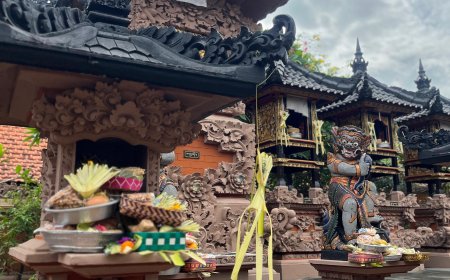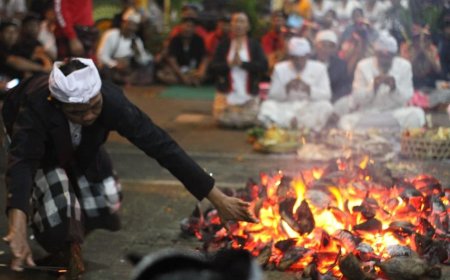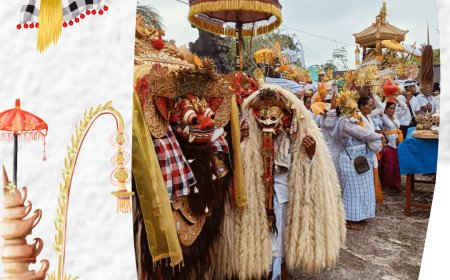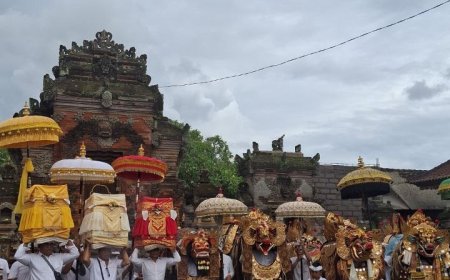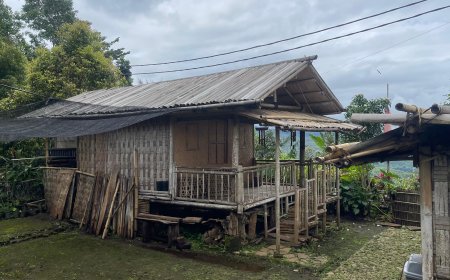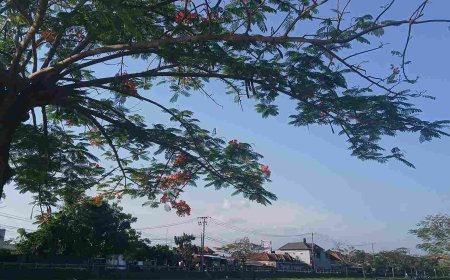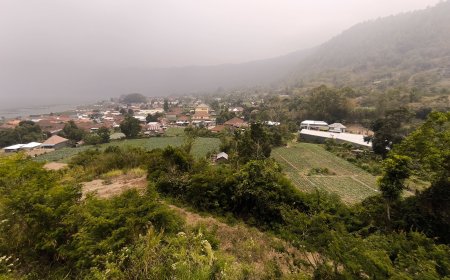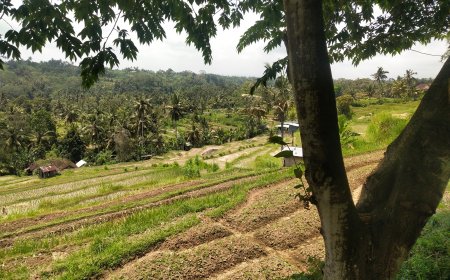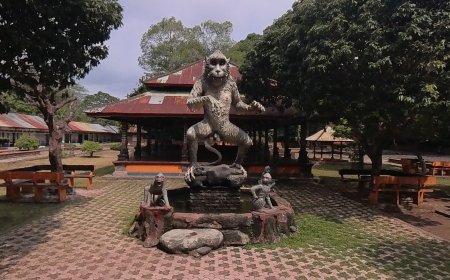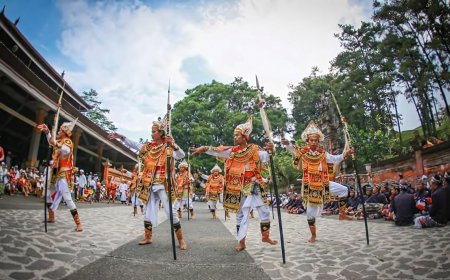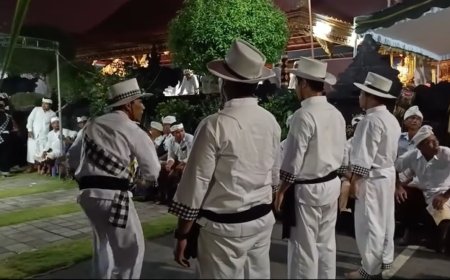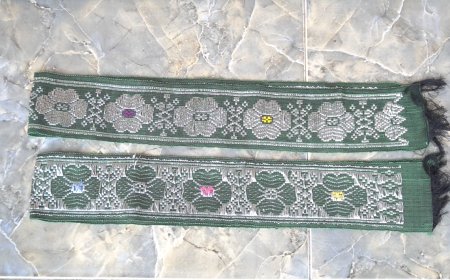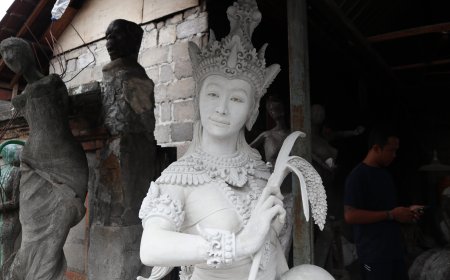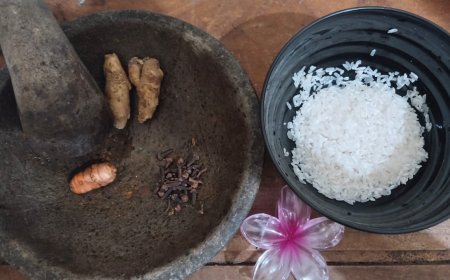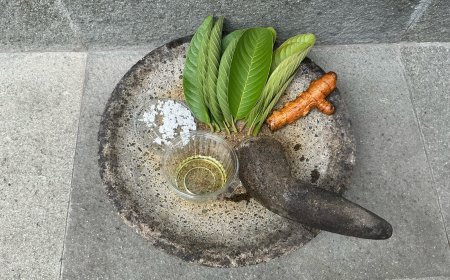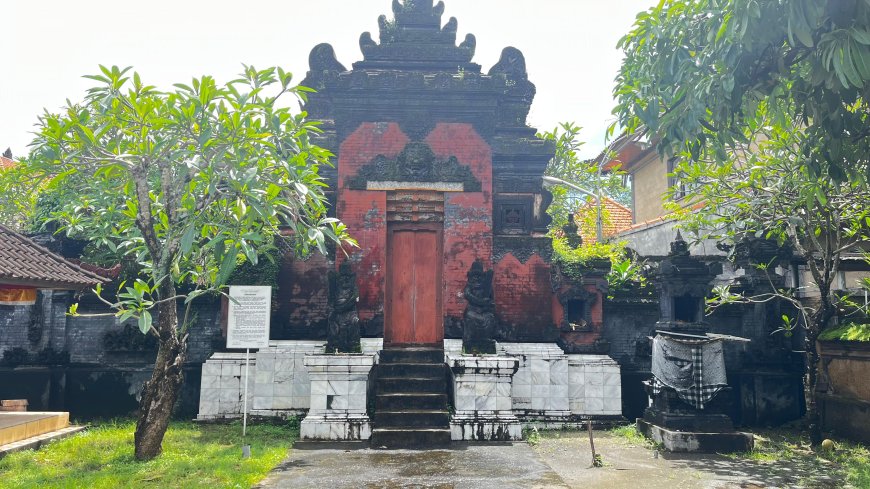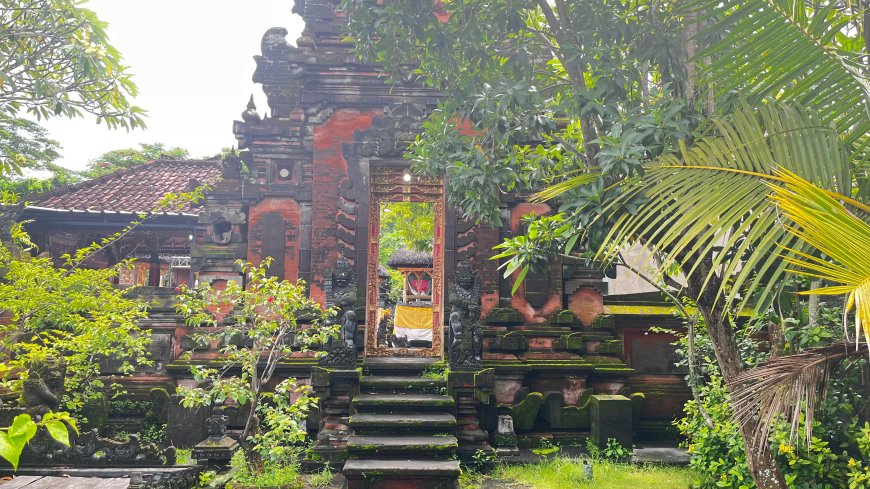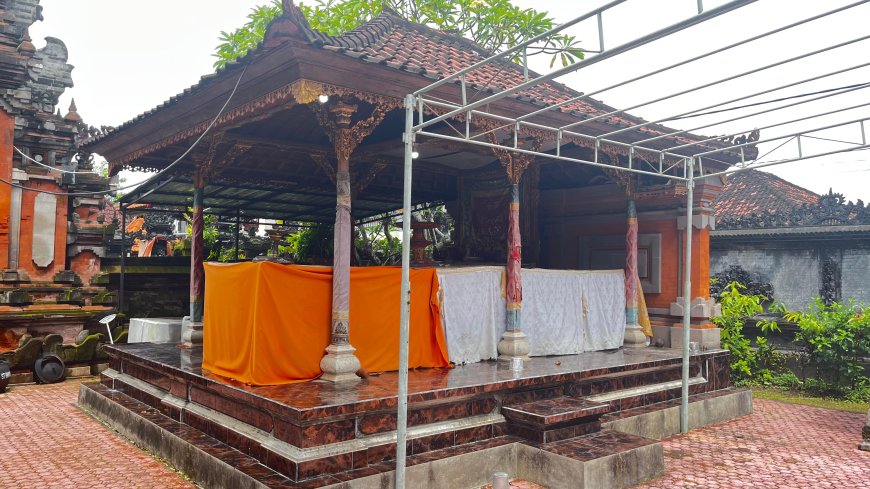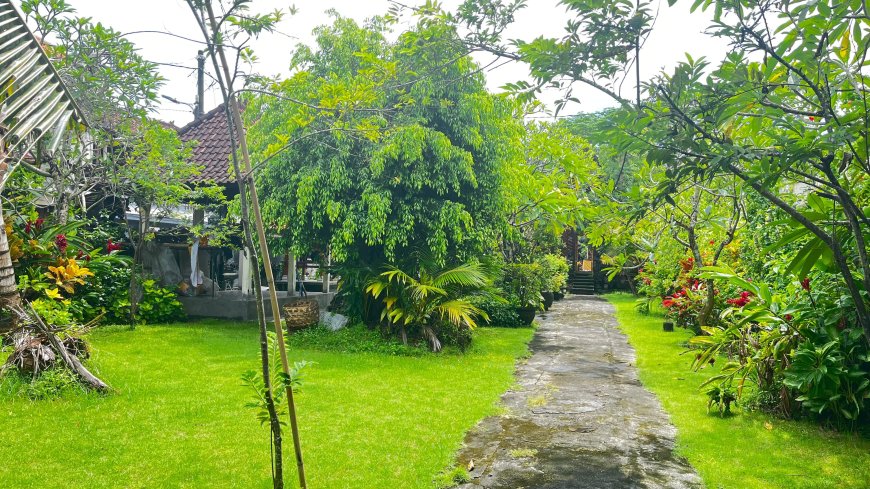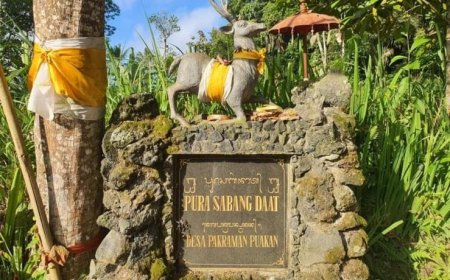Pemacekan Agung Temple: Embracing the Meaning of Pemacekan Day with Profound Significance
Bali Island is not only famous for its natural beauty but also for its rich cultural heritage, including temples that hold profound significance for the lives of the Hindu community. One of the temples that stands out due to its spiritual and philosophical value is Pemacekan Agung Temple. Located on Jl. Wirayuda, Benoa, South Kuta, this temple serves as a religious hub that connects humans, nature, and God in a balanced harmony.
Pemacekan Agung Temple is a sacred site that serves as a spiritual center for Hindus, particularly in the South Kuta region. The temple's management is handled by the local customary village using traditional systems to ensure its sanctity is preserved. The temple priests play an essential role in leading religious ceremonies and maintaining the continuity of traditions. As one of the important temples in Bali, Pemacekan Agung Temple primarily functions as a focal point of spiritual energy for seeking safety, harmony, and prosperity. The name "Pemacekan Agung" refers to the concept of aligning sacred energies, which is central to Hindu teachings. With its distinctive Balinese architecture, the temple is adorned with intricate carvings, grand gates, and statues of deities that symbolize the greatness of Sang Hyang Widhi Wasa. Additionally, the serene atmosphere surrounding the temple, shaded by large trees, adds to the peaceful experience for visitors.
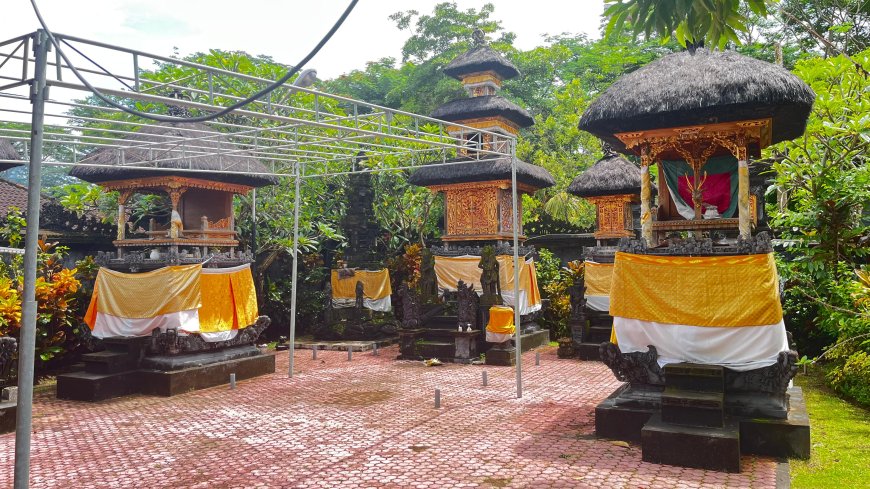
Meru Pemacekan Agung Temple (Photo Source : Personal Collection)
This temple is deeply tied to the philosophy of Tri Hita Karana, which emphasizes three causes of harmony: the relationship between humans and God (Parahyangan), the relationship among humans (Pawongan), and the relationship between humans and nature (Palemahan). The community believes that Pemacekan Agung Temple is an ideal place to seek blessings and maintain spiritual balance in life. Rituals conducted at the temple aim to purify the spirit and unite positive energy from the universe. Pemacekan Agung Temple is located on Jl. Wirayuda, Benoa, South Kuta District, Bali. Its strategic location makes it easily accessible to both locals and tourists. The temple’s surrounding environment, which remains natural and serene, adds to its charm, making it not only a place of worship but also a captivating cultural destination.
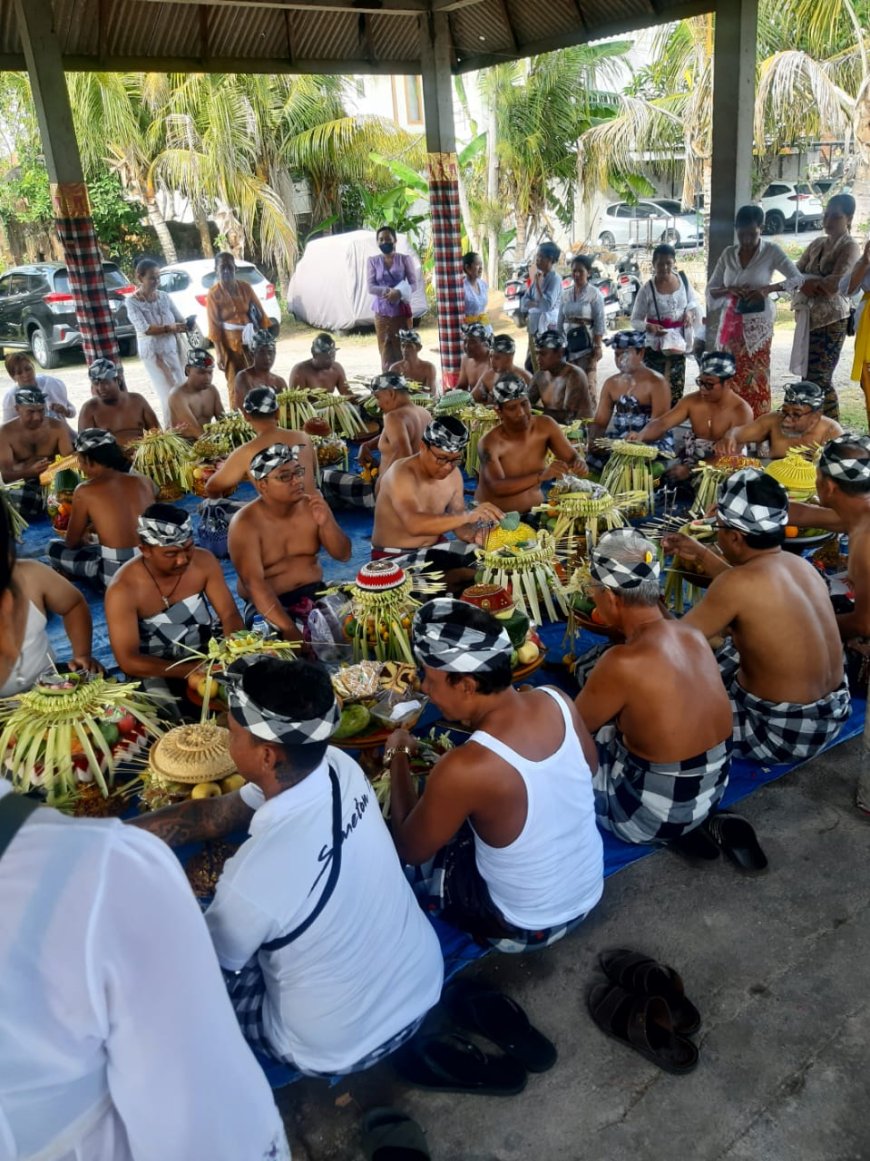
Meprani Tradition (Photo Source: Personal Collection)
The piodalan at Pemacekan Agung Temple is celebrated on the same day as the Pemacekan Agung Festival, which occurs once every 210 days according to the Balinese calendar (Pawukon). This day is a sacred moment for Hindus to focus their prayers and offerings. During the piodalan, the tradition of meprani is also observed. Meprani is a communal dining tradition among Balinese Hindus, symbolizing gratitude and devotion to Sang Hyang Widhi. It also serves as an opportunity to strengthen social bonds among community members. Additionally, the temple is filled with devotees bringing offerings in the form of banten and canang sari. The atmosphere becomes festive, decorated with penjor (bamboo poles adorned with young coconut leaves), accompanied by the sound of Balinese gamelan music and religious processions led by the temple priests. The Pemacekan Agung Festival holds profound meaning as a time to seek blessings, purify oneself, and renew harmonious relationships between humans, nature, and God. The spiritual energy felt during this day is believed to be at its peak, making it a perfect time for sincere prayers.
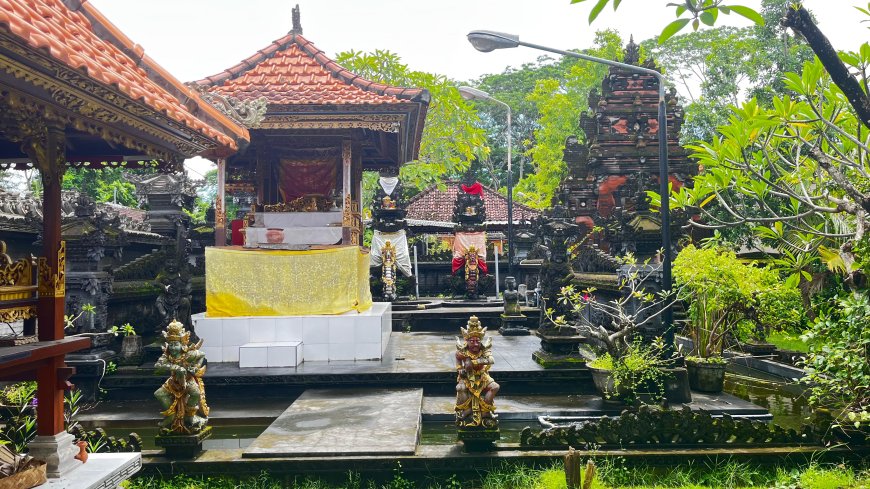
Beji of Pemacekan Agung Temple (Photo Source: Personal Collection)
The management of Pemacekan Agung Temple is carried out with great responsibility by the local customary community. All activities at the temple follow ancestral traditions that have been passed down through generations. Visitors, whether for worship or sightseeing, are required to adhere to customary rules, such as wearing traditional attire like kamen and a sash as a sign of respect. Rituals at the temple begin with a symbolic purification using holy water (tirta). Hindus then present canang sari, a simple offering consisting of flowers, fruits, and incense as a symbol of gratitude. During major ceremonies like the piodalan, the processions often involve sacred dances and gamelan music, enhancing the solemnity of the atmosphere.
